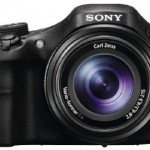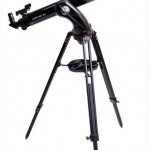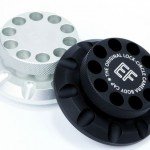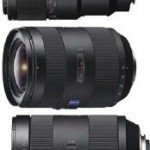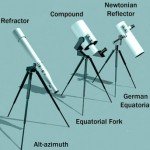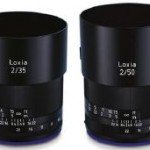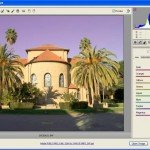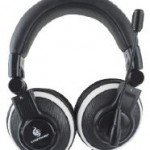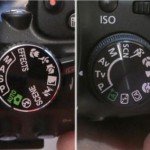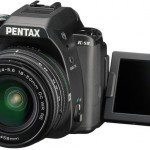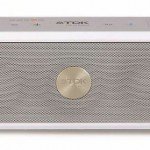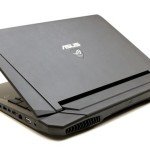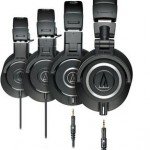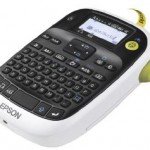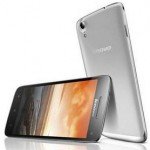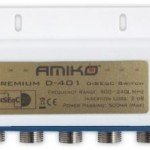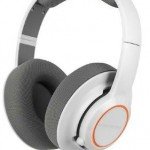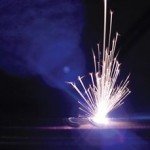Olivon 10×50 QB binoculars
Olivon 10×50 QB binoculars Review – The 10×50 has become a standard for handheld binoculars, offering a good compromise of light-gathering, magnification and weight. Olivon’s 10×50 QBs are also water-resistant, a quality that is highly desirable on a dewy night. These binoculars are supplied with a soft and slightly padded nylon case, a neck strap, individual lens caps, a microfibre cleaning cloth and a generic instruction leaflet. They have a 10-year guarantee.
The binoculars are encased in a slightly mattfinish rubber armour, which affords a confident grip without having to hold them too tight. The hinge, focus wheel and right-eyepiece dioptre ring all move smoothly with enough uniform resistance, making them easy to adjust but not liable to slip inadvertently. The eyepiece bridge is firm and does not rock in normal use. The minimum interpupillary distance is 57mm, and the small eyepieces make this attainable.
When you hold them up to the light, each of the exit pupils appears perfectly round, but the exit pupils of a pair of 10×50 binoculars should be 5mm in diameter and these appeared to be smaller. On investigation we discovered that – in common with most binoculars of this class – although the physical aperture is 50mm, the light path is internally stopped down, in this case to an effective aperture of 39mm. The aim of this is to reduce most optical aberrations to produce crisper, if slightly less bright, images. Optical assessment Naturally, we put this to the test. After focusing the binoculars we found that the central half of the image was very crisp indeed, but stars deteriorated noticeably beyond this region, showing coma near the periphery.
The images from each side did merge properly, showing that collimation was well within acceptable tolerances. Pincushion distortion, which manifests as straight lines at the edge of the field appearing to curve in towards the centre, was present but not obtrusive. The on-axis colour correction is very good and, even off-axis, the limb of the Moon showed only minimal chromatic aberration.
The binoculars are specified as being multicoated, which usually means that the outer surfaces of the objective lenses and eyepieces are coated, but the prisms are not. However, this did not result in the ghost images that can occur with uncoated surfaces, indicating that stray light is well controlled. With the eyecups up, the 4.7° Arrow asterism in Sagitta just fitted into the field of view. This is less than the 5.15° that the stated field of view of ‘90m at 1,000m’ implies. We found that this was because the eyecups do not let your eye close enough to the lens to see all of the field of view.
It was possible to get the full field with the eyecups folded down, when we also found that there was insufficient eye relief for the full field to be visible with spectacles: because the eye lenses are recessed 6mm into their barrels the specified 16.5mm eye-relief is not fully usable. The Pleiades were well placed for our first light with these binoculars. We counted 47 stars, which is acceptable for a suburban location. Albireo was also available and, with the binoculars mounted, we were just able to split its two components, which are 34 arcseconds apart.
The Perseus Double Cluster showed two distinct condensations of stars and the pose of the nearby Muscleman Cluster (Stock 2) was easily discernible. Kemble’s Cascade was indistinct, but definitely there, suggesting a limiting stellar magnitude somewhere between +8.5 and +9.0. The Andromeda Galaxy was a very easy spot, appearing as an elongated misty patch with a brighter middle.
The often difficult Triangulum Galaxy was also visible high in the sky. Star colours were varied, with the brilliant white of Alderamin (Alpha (_) Cephei) contrasting beautifully with the vibrant orange-red of Herschel’s Garnet Star (Mu (+) Cephei), suggesting very good colour rendition. Overall, the combination of sharp optics, small size and lightness make this a good entry-level observing instrument for budding binocular astronomers.
Olivon 10×50 QB binoculars Specifications
- Price £84.99
- Aperture 50mm
- Optics Multicoated
- Magnification 10x
- Prisms BAK4
- Angular field of view 90m at 1,000m
- Focusing Zeiss centre-focus
- Eye relief 16.5mm
- Interpupillary distance 57-74mm
- Weight 850g
- Supplier Optical Hardware
- www.opticalhardware.co.uk
- Tel 01226 203275



